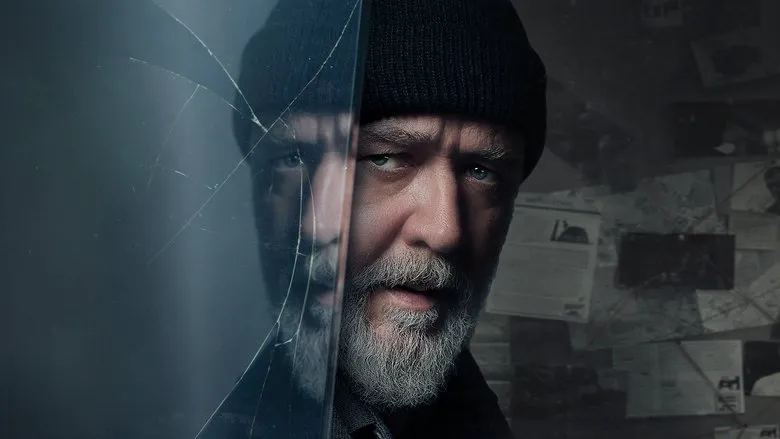A Symphony of Bullets and Morality: Re-examining John Woo’s “The Killer”
As raindrops trace paths down a dimly lit window, the mind wanders back to the explosive echoes of gunfire from John Woo’s 1989 Hong Kong action masterpiece, “The Killer.” Starring Chow Yun-Fat, Sally Yeh, and Danny Lee, the film transcends mere action, delving into complex themes of morality and redemption. It’s a symphony of bullets and emotions, a film that lingers long after the credits roll.
A Killer’s Burden: Exploring Ah Jong’s Redemption
“The Killer” centers around Ah Jong (Chow Yun-Fat), a skilled assassin whose life takes an unexpected turn when he accidentally blinds a nightclub singer, Jennie (Sally Yeh). This act of unintentional harm sets in motion a compelling narrative of guilt and sacrifice. Burdened by remorse, Ah Jong embarks on one final, dangerous hit to secure the funds necessary for Jennie’s corneal transplant. Meanwhile, he finds himself relentlessly pursued by the determined Detective Li Ying (Danny Lee). However, beneath the surface of the high-octane action lies a deeper exploration of moral complexities.
Characters Defined by Complexity
Ah Jong is far from a stereotypical, heartless killer. He is portrayed as a man capable of profound compassion and empathy. This aspect of his nature is underscored when he risks his life to save a young girl and further emphasized by his ultimate sacrifice, pledging his own corneas to Jennie. Detective Li Ying’s perception of Ah Jong is equally compelling. Initially an antagonist, his views gradually evolve into respect, understanding, and eventual cooperation. The film’s dramatic climax sees Ah Jong losing his sight in a fierce shootout, Jennie desperately crawling towards him in the darkness as the mob boss is finally apprehended. Yet, disillusioned with the limitations of the law, Li Ying takes justice into his own hands.
The film’s supporting characters are richly developed. The Triad boss, Wang Hai, exemplifies this; although initially threatening to punish Ah Jong for the failed hit, he displays a surprising vulnerability and regrets after the accidental blinding. Even minor characters, such as Ah Jong’s manager, Four, contribute to the intricate moral fabric of the film.
Behind the Action: Pushing Cinematic Boundaries
Woo’s masterful direction pushes the boundaries of action cinema. The legendary gunfight scene in the abandoned church, renowned for its intensity and balletic choreography, reportedly took 36 grueling days to film. Production wasn’t without its challenges. Scheduling conflicts with Sally Yeh led Woo to rewrite portions of the script, which ultimately resulted in one of the film’s most iconic moments: Chow Yun-Fat playing the harmonica.
Beyond the Bangs: A Philosophical Undercurrent
“The Killer” surpasses the limitations of the action genre by exploring profound themes relating to humanity, morality, and the meaning of justice. It encourages viewers to question the very nature of good and evil, leaving them to grapple with complex ethical dilemmas. There are no simple answers offered, and the film resonates through its ambiguity.
A Tapestry of Conflicting Ideals
Each character operates with a strong set of motivations, passionately fighting for what they believe to be right. Whether they be police officers, triad members, assassins, or singers – the various viewpoints and values construct complex stories filled with love, friendship, hatred, and betrayal. The boundary between right and wrong becomes harder to define, which forces audiences to reconsider their values.
Ultimately, “The Killer” is a cinematic tour de force, excelling in its action sequences, emotional depth, and philosophical ideas. The film’s attention to detail creates a sense of authenticity. The main characters possess their unique souls. More than just a great action film, it is a work of meaningful art that encourages introspective thinking and asks us to reconsider how we think about the world we live in. It illustrates how even in times when everything seems pitch black, there can be hope.